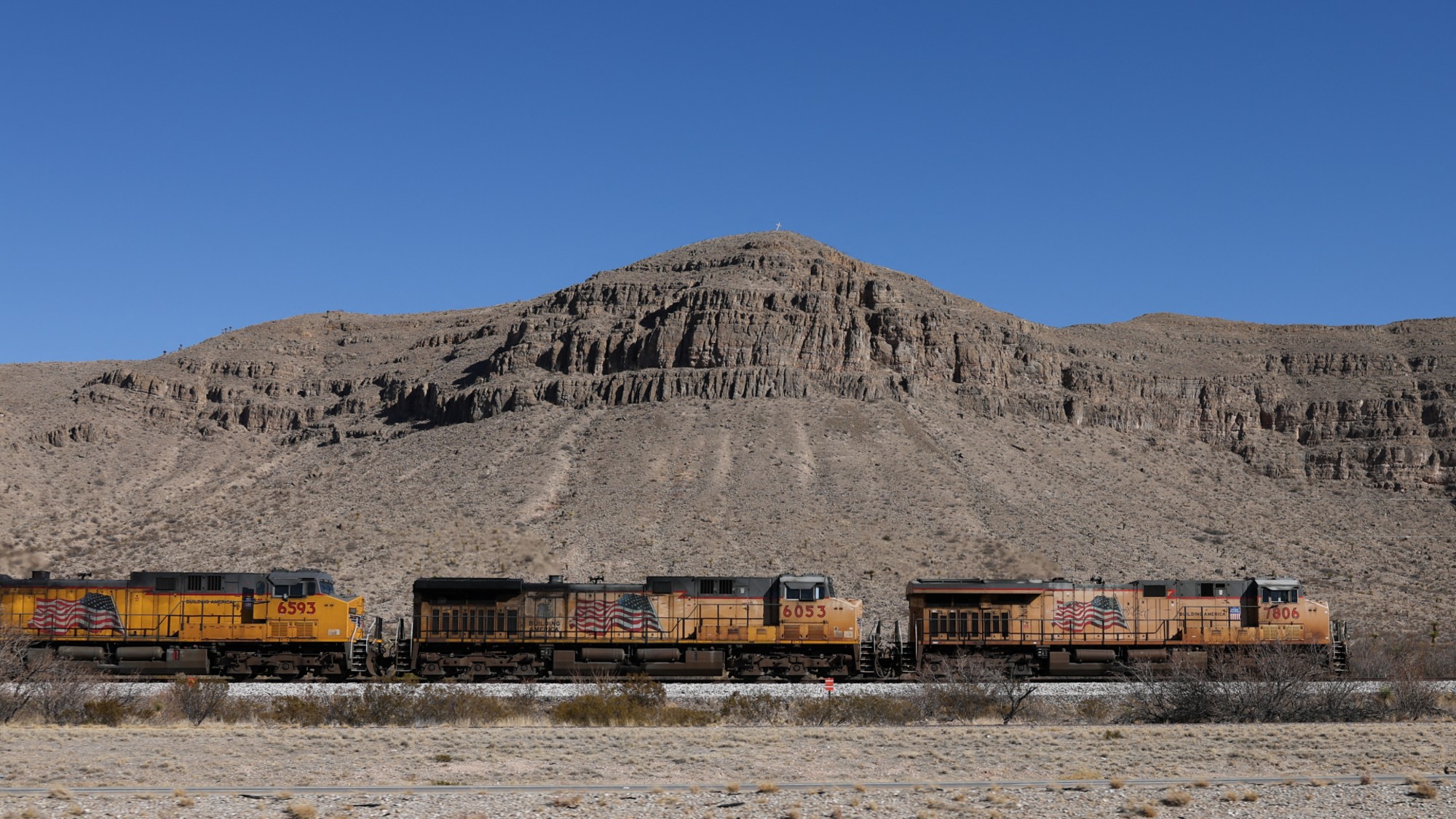When the earth quakes
Geologists have made great advances in understanding why earthquakes occur. But they still can’t predict when. Will scientists ever be able to forecast earthquakes?
What causes earthquakes?
The surface of the earth is not as solid as it seems; it floats on a layer of molten rock. Like oatmeal cooking on a stove, the molten rock deep within the earth flows and circulates in response to heat and convection. The movement puts great pressure on the rigid crust at the surface, which is actually a jigsaw of tectonic plates—slabs of rock 20 miles deep and hundreds of miles across. The plates meet at cracks we know as fault lines. Over time, as the plates are pushed against each other, immense strain builds up along the fault lines. When the pressure reaches critical mass, one plate suddenly slips under or across the other. The sudden motion triggers an earthquake. Shock waves radiate through the ground at 20 times the speed of sound, knocking down buildings and bridges, and opening up chasms that can swallow people and cars.
How regularly do quakes occur?
The Week
Escape your echo chamber. Get the facts behind the news, plus analysis from multiple perspectives.

Sign up for The Week's Free Newsletters
From our morning news briefing to a weekly Good News Newsletter, get the best of The Week delivered directly to your inbox.
From our morning news briefing to a weekly Good News Newsletter, get the best of The Week delivered directly to your inbox.
Worldwide, there are more than 500,000 a year. Most are relatively mild, but one in 5,000 releases more energy than an atomic bomb. The most recent such quake hit Iran in December, leveling the city of Bam and killing more than 40,000 people. There have been many more-severe quakes, including the 1923 quake—measuring a monstrous 8.3 on the Richter scale—that flattened Tokyo and Yokohama, destroyed 575,000 homes, and killed 143,000 people in a matter of minutes. The same titanic forces that cause earthquakes have shaped the surface of the earth, throwing up mountains where plates collide and moving the continents around like so much furniture. India, for example, was once a separate piece of land that tectonic forces pushed into Asia. That slow-motion crash built the Himalayas.
Can earthquakes be predicted?
Not with any specificity. Geologists know that most—but not all—quakes will occur along major fault lines, at the border of the plates, such as California’s San Andreas fault. The U.S. Geological Survey recently concluded that there was a 62 percent chance of a major quake in the San Francisco Bay Area within the next 30 years. “We operate on the assumption that if you had a big earthquake before, you can have one again in the same place,” said geophysicist Evelyn Roeloffs. That may be good to know, but it’s not the sort of forecast to plan your day around. “There is no scientific way of predicting or forecasting,” said Waverly Person of the U.S. Geological Survey.
Why is it so hard?
A free daily email with the biggest news stories of the day – and the best features from TheWeek.com
There are simply too many variables at work, even for the world’s best minds and most powerful computers. Once a fault line becomes unstable, many factors determine how quickly the pressure builds up—and how the rock reacts. All fault lines are unique, and most of what occurs along them, up to 60 miles below the surface, is invisible to geologists. Some geologists compare earthquake prediction to trying to anticipate the path a drop of water will take in a surging river. “It may require the development of completely new mathematical and theoretical tools,” says seismologist Yan Kagan of UCLA.
So have geologists given up?
No. The search for new tools is on. The most promising research centers on a theory known as dilatancy. When a rock is under great pressure, it begins to crack, or dilate. It may not be possible to monitor the rocks deep within the earth, but as rocks crack, they transmit seismic waves, and their magnetic properties change. These changes can be measured through deeply buried “strain meters.” Someday, scientists hope they’ll discover patterns of strain along fault lines that will indicate an imminent earthquake. Other scientists are hoping the key to quake prediction lies not within the earth but in the satellites orbiting above it.
What can satellites tell us?
New global-positioning satellites can detect ground motions as tiny as 1 millimeter a year. By monitoring extremely subtle changes, scientists hope they’ll get clues as to when the pressure along adjacent plates is reaching a trigger point. Another approach is to use satellites to monitor surges in the earth’s infrared radiation. In theory, a sudden buildup of heat along a fault line could signal a coming quake. Some scientists, though, argue that earthquake prediction is a waste of time. Not only is predicting earthquakes unrealistic, the skeptics say, it may not even be desirable.
Why not?
Let’s say forecasters could predict with a high degree of certainty that a big quake would hit Los Angeles or Mexico City within the next year. To announce that would probably lead major portions of the population to leave. The city’s economy would be destroyed, and property values would collapse—all to prevent a possible disaster. A short-term prediction that a quake might strike in the next few days, on the other hand, would almost inevitably provoke panic and chaos. Some scientists and engineers say it makes much more sense to put society’s resources into making buildings and cities largely quakeproof. The massive Northridge earthquake that struck Los Angeles in 1994 claimed fewer than 60 lives, yet quakes of the same magnitude in the Third World typically leave thousands dead, simply because homes are of primitive design. “What’s more useful,” one seismologist told the Los Angeles Times, “to tell you that a quake is coming in 45 minutes or to build a house that won’t fall down?”
Listening to the animals
-
 Zimbabwe’s driving crisis
Zimbabwe’s driving crisisUnder the Radar Southern African nation is experiencing a ‘public health disaster’ with one of the highest road fatality rates in the world
-
 The Mint’s 250th anniversary coins face a whitewashing controversy
The Mint’s 250th anniversary coins face a whitewashing controversyThe Explainer The designs omitted several notable moments for civil rights and women’s rights
-
 ‘If regulators nix the rail merger, supply chain inefficiency will persist’
‘If regulators nix the rail merger, supply chain inefficiency will persist’Instant Opinion Opinion, comment and editorials of the day